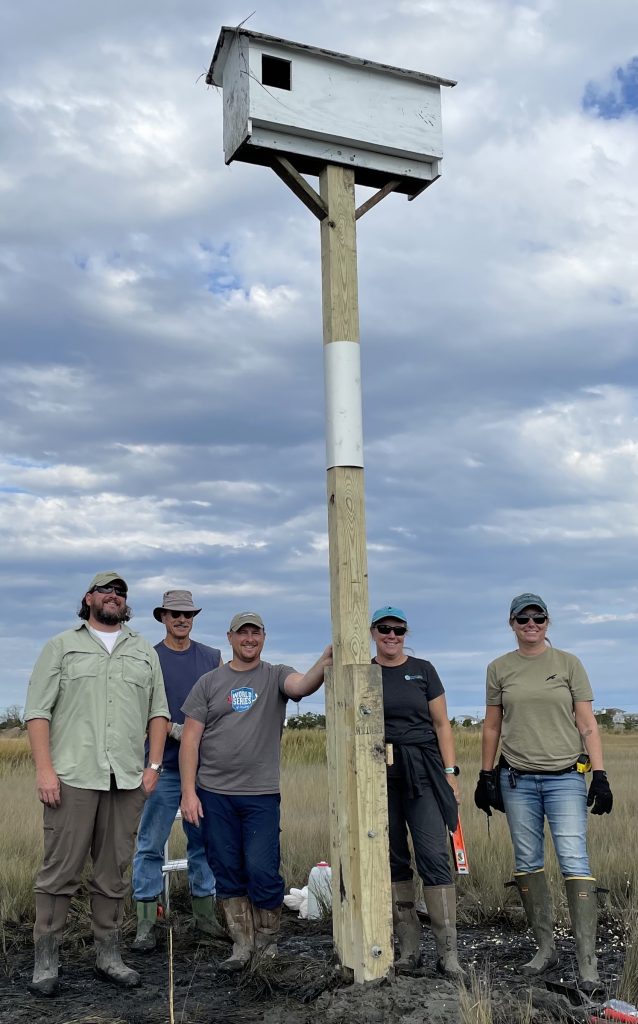by Ben Wurst, Habitat Program Manager
You may have seen that a generous group of supporters has stepped forward to provide $20,000 to match any gift Conserve Wildlife Foundation receives to protect New Jersey’s wildlife this season. Your donation – whether $10 or $1,000 – will be worth double the amount you give.
For those of us who work outdoors in the environmental field, our office is the great outdoors – where social distancing is the norm. Over the past six weeks, I feel privileged to work for an organization with donors who support our wildlife conservation and habitat enhancement projects. While also homeschooling my two kids and supporting my wife working on the front lines in healthcare, I am leading several projects that directly benefit wildlife in this critical period.
Your support will help ensure that we can continue to fulfill our mission to protect New Jersey’s rare wildlife.
Spring marks the beginning of the busy season, where more time is spent in the field monitoring and managing wildlife than behind a computer at a desk writing reports and responding to emails. For me, it is often multifaceted and changes widely from day to day. One day I may be planting dunegrass in the rain. The next day I’m climbing a tower to survey a falcon nest.
Over the past several weeks, I’ve worked on some exciting projects, even getting help from my kids for some.
I’ve successfully repaired several osprey nest platforms which had fallen into disrepair. Had I not been able to repair these platforms, these birds would not have had a home to raise a family.
I’ve monitored several peregrine falcon nests to identify the adults and confirm that they are incubating eggs. Without our role, we would not know if there has been a turnover in the nesting pair and when their eggs might hatch.
And I have led the enhancement of an innovative half-acre terrapin habitat enhancement site in Little Egg Harbor. A big component of the success of this “turtle garden” is making sure we keep the sand in place – and to help with that, I’ve planted 600+ native plants.
As many of our members, fans, and donors know, a big focus of my work with Conserve Wildlife Foundation of New Jersey has been aiding injured wildlife. My father was a veterinarian who also cared for wildlife, especially birds of prey, in his spare time, so his philanthropic efforts are in my blood.
A couple weeks ago I accepted a challenge to climb a large tree to re-nest a pair of great horned owl nestlings whose nest was destroyed in a windstorm. After a couple of hours of tree climbing and nest building, the two fuzzy owls were placed in their new nest. Although I was at first concerned that the adults might not return, I was delighted to hear that they were seen in the nest tree a couple days later.
Just the other day, I joined my New Jersey Fish & Wildlife colleague, Kathy Clark, on Barnegat Bay to save an entangled adult osprey that had been dangling from its nest platform for hours before it managed to get free.
Fortunately, I was able to safely trap the bird and remove the ball of monofilament wrapped around her wing. Her injuries were treated, and she was set free.
Like my fellow CWF colleagues, I’m determined to carry out our mission to preserve at-risk wildlife in New Jersey this season. That’s why, even during this pandemic, I must ask for your financial support.
Please donate now, when your gift will be matched dollar for dollar, to support our essential work, if you can. Thank you to everyone for helping me to protect our wildlife in whatever way you can.
Be safe, stay healthy, and enjoy the outdoors where possible.









